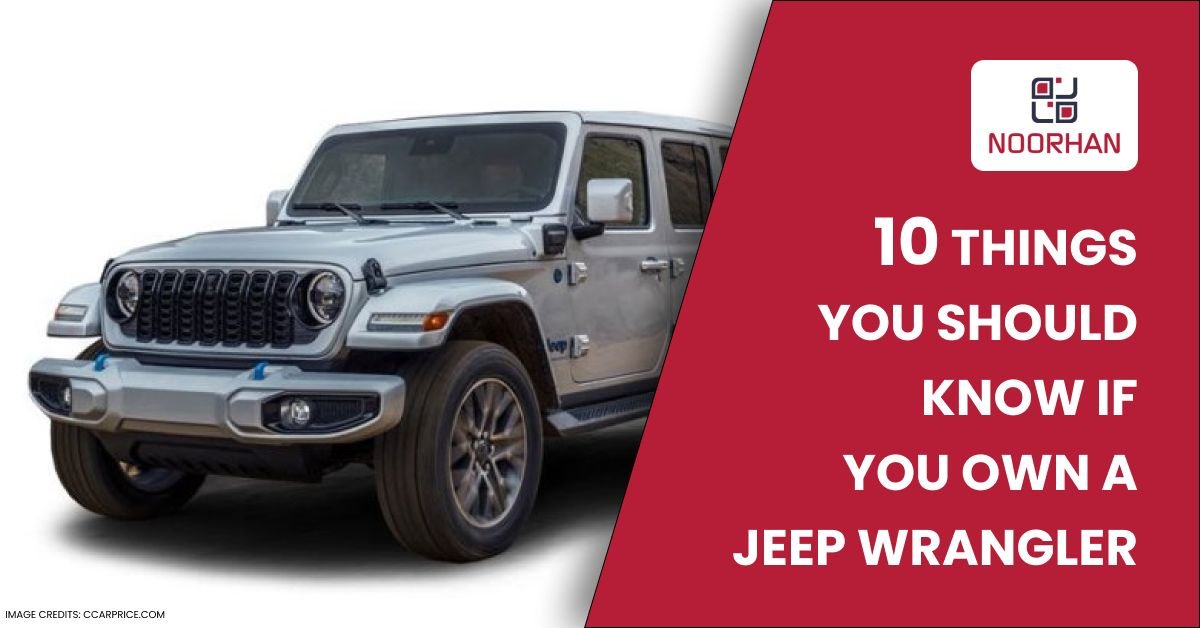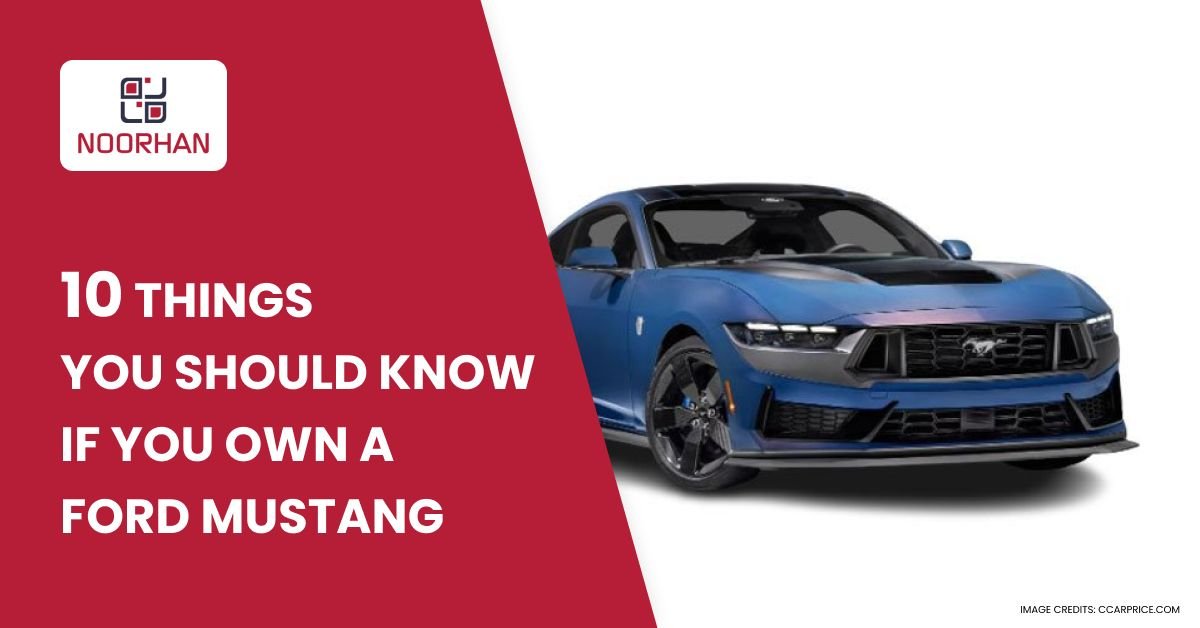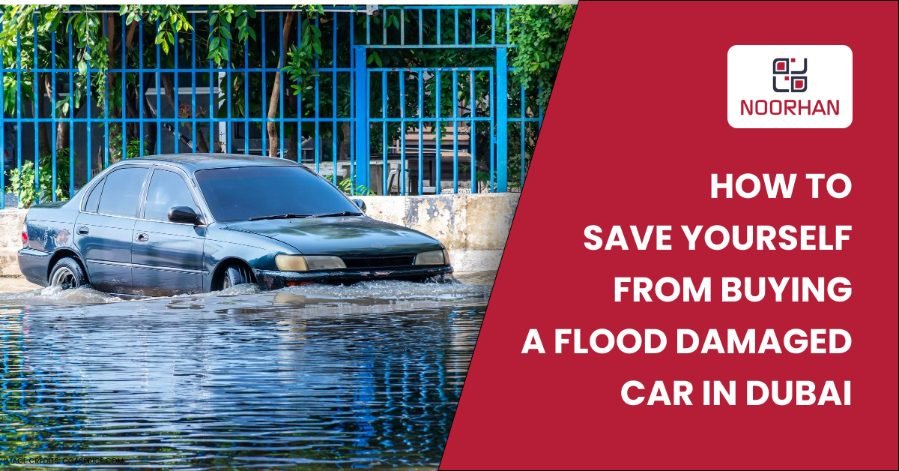Differences between Piston and Rotary Engines
Most people interested in cars think that traditional piston engines use in vehicles. Even though this idea has been around for a long time, it is crucial to remember that rotary engines were also popular then.
Piston engines were made in a different way than rotary engines. But they are both different in their tracks. This page will show you the main distinctions between rotary and piston engines, and the rotary vs piston engine argumentation article will lead you through the required knowledge.
What is a piston engine?
A piston engine is a typical car engine that uses moving pistons to provide a turning motion. It is also called a reciprocating engine. The pistons connect to a cylinder where gas and air are burned. When the gas and air mix burns, it generates pressure that pushes the piston, which turns the crankshaft and moves the car.
Most cars from big manufacturers have piston engines. Piston engines are the most popular car engine, and many aeroplanes also utilize them.
What is a rotary engine?
A rotary engine, also called a wankel engine, is a less common car engine with an odd number of cylinders arranged in a radial pattern. Most of the time, they are smaller, lighter, and less bulky than engines with pistons. All of their pieces move, so they are called “rotary engines.” Piston engines, on the other hand, feature pistons that move up and down in cylinders.
Still, rotary engines have several big downsides that should address. First of all, rotary engines need to get better gas mileage. They use more gasoline than piston engines but make less horsepower. Because they are more likely to leak, rotary engines also give off more pollution than piston engines.
On the other hand, there are fewer moving parts in rotary engines. It’s common for a rotary machine only to have three main moving parts, while a piston engine could have dozens. Piston engines are more likely to break down on the inside since they have more moving parts.
Pros of the piston engine:
This engine has been tried, tested, and proven to be reliable. It can also be used for a wide range of strange things. The piston engine, which is usually in a straight line or a V shape, is:
- Easy to maintain
- Use only a little oil.
- They are also fairly cheap.
Disadvantages with the piston engine:
They have a lot of pieces that move, such as the piston, intake valve, exhaust valve, and camshafts, which make a lot of mass that moves back and forth. This means these engines can’t rev as fast as they could because of the risk of valve float. When the valve spring can’t keep up with how quickly the camshaft is moving.
- Another problem with this engine is that it is very big, especially when set up in a straight line.
- These engines don’t automatically adapt to cars with front-wheel drive or small engine bases.
- This is where the necessity to pack the V6 made it possible for most cars to have six cylinders.
The rotary engine has the following pros:
One of the best things about a rotary engine is that it takes up very little space. This means it may be swapped into any engine base with room for it.
A rotary engine also has a few pieces that move. Like in some cases with a single-rotor unit, we will look at the rotary and eccentric shafts, which are the parts that move. This means that the rotary engine should work well most of the time.
This engine can rev higher than a piston engine since it has no masses that move back and forth. This makes it smoother than a piston engine.
This engine has a fairly amazing sound.
Cons of the rotary engine:
People know that rotary engines waste a lot of oil. This is because oil is pumped directly into the rotor housing by a “turtle” control to protect the seal from drying up and to keep the chambers from mixing. So, if you don’t keep up with oil maintenance, use the wrong oil. A rotary engine is often run without any fuel.
Another big problem with the rotary engine is that, even though it should be quite reliable by nature, you’ve probably heard the term “Blow Apex Seals,” which means something really bad: a man wailing in the corner. Because they keep the rotor’s tip from touching the rotor housing, they also tend to get pits or cracks, which implies that a rotary engine will lose compression. And this will cause the engine to misfire, lose power, idle badly, and be hard to start when it’s cold.
Because the combustion chamber is so big, it will burn not all the air and fuel. Compared to a standard piston engine, this will make the car use more gasoline and put out more pollution.
Differences between a piston and a rotary engine:
The main distinction between rotary and piston engines work is the way they work. Here are some of the most important ways the two engines are different.
The direction of parts that move:
In a rotary engine, the parts move in a circle in one direction to create power. In a piston engine, high pressure and temperature are turned into a rotating motion by a series of pistons that travel up and down.
How many parts:
When compared to the piston engine, the rotary engine has fewer parts. A rotary engine comprises three main parts, while a piston engine contains several components that work together to make it work.
Similarities between rotary and piston engines:
Even though the rotary and piston engines are different in certain ways, the way they work shows that they are the same. Below are similarities.
Similarities between rotary and piston engines:
Even though the rotary and piston engines are different in certain ways, the way they work shows that they are the same. Below are similarities.
Combustion inside:
First, rotary and piston engines use internal combustion, but they work differently. They do work that changes chemical energy into heat energy. Then, the mechanical energy is made from the heat energy. Also, this is turned into kinetic energy, which makes a vehicle move.
Four-stroke cycle:
Rotary and piston engines undergo the four-stroke cycle: intake, compression, power, and exhaust strokes. Both machines need these stages to work well.
Requires air, fuel, and spark:
Like internal combustion engines, rotary and piston engines need fuel, air, and a spark to provide power.
Conclusion
Most cars and trucks nowadays use either piston engines or rotary engines. Rotary engines have a radial architecture with an odd number of cylinders, while piston engines have pistons that move up and down and turn pressure into a rotating motion. This should help you better grasp the differences between piston and rotary machines.
Where can you buy Piston and Rotary Engines in Dubai?
Piston and Rotary Engines are available at different suppliers and dealers of auto spare parts in Dubai. Noorhan is amongst the leading brands that deal with genuine auto spare parts and aftermarket parts for different car brands, including BMW, Mercedes, Audi, Porsche, Honda, Toyota, Nissan, Mazda, Jeep, Ford, and other Japanese, European, American, Korean, luxury cars brand.
If you’re looking to replace your Piston and Rotary Engines with high-quality aftermarket parts in Dubai, Noorhan can help you.



























































